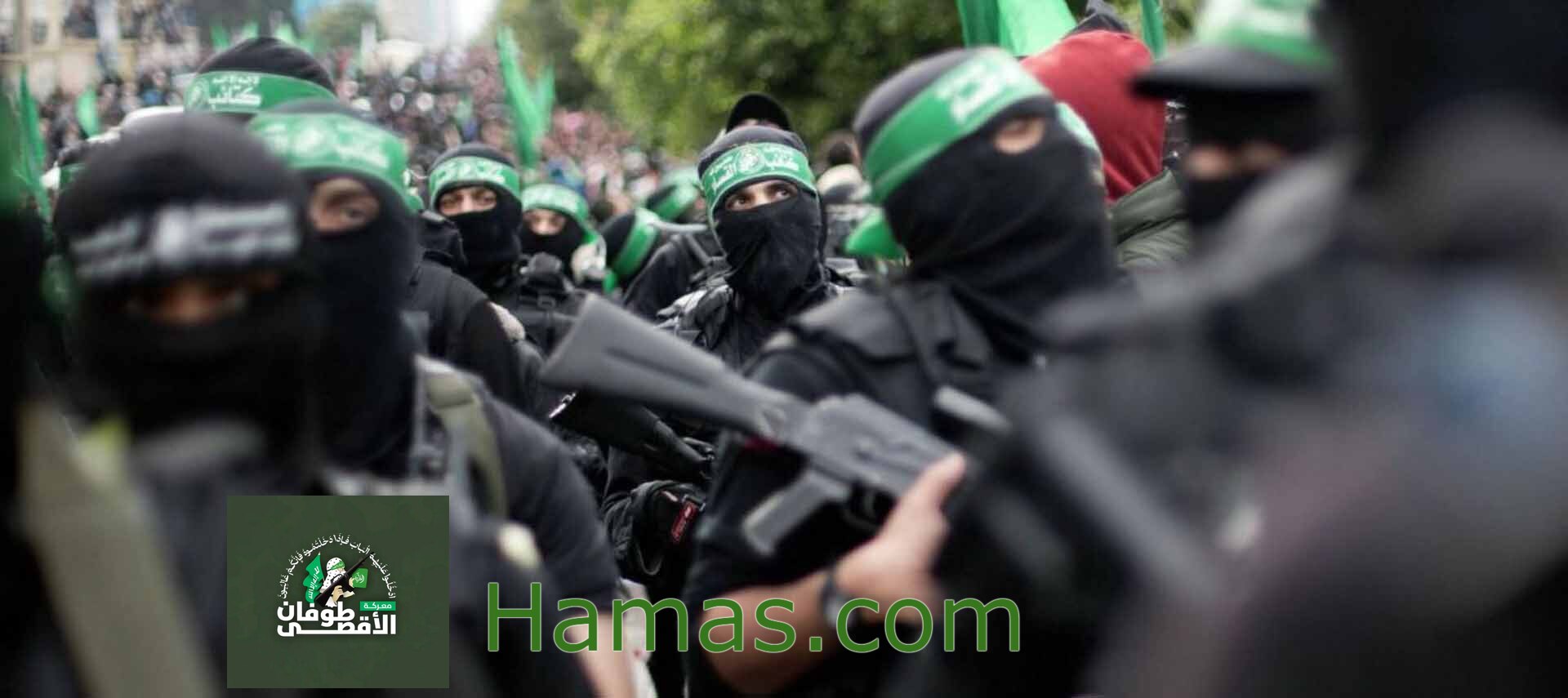I am myself an atheist. I have no religious attachement. Im not a Jew.
I stand with Israel because what i saw on Oct 7 is barbaric and depraved. It have been done before from Islamist Jihad (9/11, Lodon Bombing, Bataclan and so on) but never to this level of atrocity, at least not on such a large scale. I mean more peoples died on 9/11 but the terrorists didn't go to the level of barbarism these guys did. They aimed to kill wich in itself is atrocious, but from my understanding everybody died rather quickly. Seeing the body of Shani Louk all bended in weird ways getting paraded and spit on while not only Hamas members but also "civlians" spit on her... Seeing Namaa Levy getting moved by her hair while her pants were full of blood (likely because she was raped by many peoples)... The testimonies from journalist saying small kids were thrown grenades at ... families burned. That video of this guy getting hit by a shovel while they tried to decapitate him. I could go on and on. All of this is so atrocious ... while these monsters cheered and were happy.
Hamas use civilians to hide, they use hospitals to hide and put their base on. Im sure some civilians do not support Hamas (there was a video of one women in particular wich was shocking, one guy covered her mouth), but the reality is half the population of Gaza is brainwashed in wishing death and harm to Israel, thinking death is some kind of reward, while the other half is either too young to do anything or too afraid (rightfully so).
There is no "good outcome". What Israel is doing now is the only way. Its sad to see children dies of course ! But the reality is Hamas could end this. They could surrender inconditionally and release the hostage. They don't. Just like Japan in 45, sometimes extreme measures is all you can do.... You think these civilians of Nagasaki and Hiroshima deserved it? Of course not !! Tons of innocent civilians died. Its horrible. But somewhat in history books USA is seen as the good guy...
So the IDF does what is must do... as ugly as it is.
What really trouble me is seeing all these "pro palestinians protests". Some just want a ceasefire ok, wich i can understand they THINK its the right thing even if its not. But a LOT are for Hamas, and agree to what they did, and want Israel erradicated. That is so scary. These peoples are not in Gaza or Iran. They are among us... in Montreal, in Toronto.
So personally, i say IDF need to fight til Hamas is erradicated to the last one (or all surrender) and all hostages are freed or their body recovered. Israel tried to let Gaza be ruled by others. Look where it took them. They need to assure security.
Edit : I look a bit at last page and some of you quoted Jackson Hinkle... this guy is a conspiracy theorist, a total nutjob... He spread lies like he breathe. He is basically Alex Jones on steroids. Using him won't get you any points.
I stand with Israel because what i saw on Oct 7 is barbaric and depraved. It have been done before from Islamist Jihad (9/11, Lodon Bombing, Bataclan and so on) but never to this level of atrocity, at least not on such a large scale. I mean more peoples died on 9/11 but the terrorists didn't go to the level of barbarism these guys did. They aimed to kill wich in itself is atrocious, but from my understanding everybody died rather quickly. Seeing the body of Shani Louk all bended in weird ways getting paraded and spit on while not only Hamas members but also "civlians" spit on her... Seeing Namaa Levy getting moved by her hair while her pants were full of blood (likely because she was raped by many peoples)... The testimonies from journalist saying small kids were thrown grenades at ... families burned. That video of this guy getting hit by a shovel while they tried to decapitate him. I could go on and on. All of this is so atrocious ... while these monsters cheered and were happy.
Hamas use civilians to hide, they use hospitals to hide and put their base on. Im sure some civilians do not support Hamas (there was a video of one women in particular wich was shocking, one guy covered her mouth), but the reality is half the population of Gaza is brainwashed in wishing death and harm to Israel, thinking death is some kind of reward, while the other half is either too young to do anything or too afraid (rightfully so).
There is no "good outcome". What Israel is doing now is the only way. Its sad to see children dies of course ! But the reality is Hamas could end this. They could surrender inconditionally and release the hostage. They don't. Just like Japan in 45, sometimes extreme measures is all you can do.... You think these civilians of Nagasaki and Hiroshima deserved it? Of course not !! Tons of innocent civilians died. Its horrible. But somewhat in history books USA is seen as the good guy...
So the IDF does what is must do... as ugly as it is.
What really trouble me is seeing all these "pro palestinians protests". Some just want a ceasefire ok, wich i can understand they THINK its the right thing even if its not. But a LOT are for Hamas, and agree to what they did, and want Israel erradicated. That is so scary. These peoples are not in Gaza or Iran. They are among us... in Montreal, in Toronto.
So personally, i say IDF need to fight til Hamas is erradicated to the last one (or all surrender) and all hostages are freed or their body recovered. Israel tried to let Gaza be ruled by others. Look where it took them. They need to assure security.
Edit : I look a bit at last page and some of you quoted Jackson Hinkle... this guy is a conspiracy theorist, a total nutjob... He spread lies like he breathe. He is basically Alex Jones on steroids. Using him won't get you any points.
Last edited:








